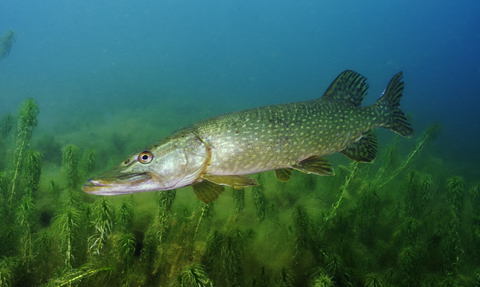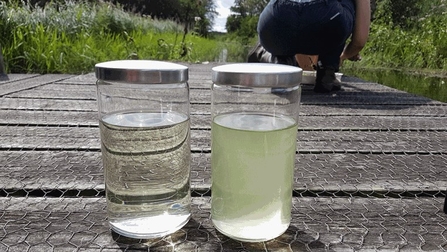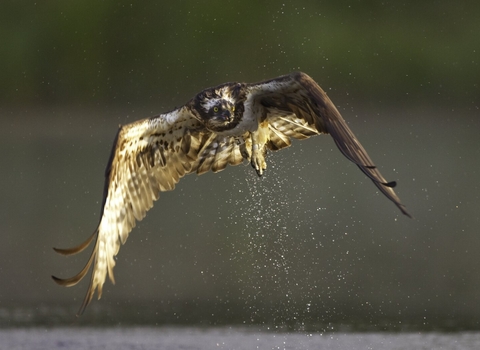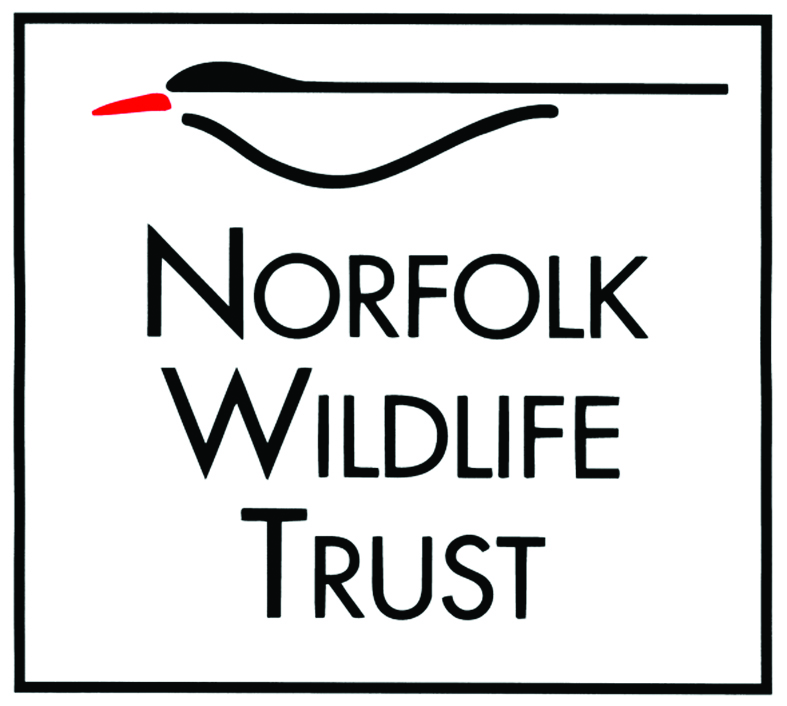
Pike ©Linda Pitkin/2020VISION
Tipping the Balance
Our ambitious project in the Bure and Ant Valleys called 'Tipping the Balance' is enabling us to 'manipulate' the underwater ecology of two of the largest Broads in Norfolk, which we hope will help us to restore them to clear water conditions with abundant water plants that were once commonplace across Broadland's waterways.
The project was made possible thanks to £500,000 funding from Biffa Award's Partnership Scheme.
Following lessons learned from past projects at Cockshoot and Barton Broads, we have created seven zones – the size of fifteen international rugby pitches - separated from the main water body of Ranworth and Barton Broads using floating barriers.
These areas have had their fish populations altered and balanced to help restore clear water. Fish species involved in maintaining poor water quality have been removed from these zones and released elsewhere.
A balanced fish population is a critical component in restoring clear water. Fish that bottom feed can stir up nutrient-laden sediment, while other fish devour the algae grazing Daphnia (water fleas). Keeping these fish species at balanced levels over large areas of water – 10.7 hectares at Ranworth and 4.2 hectares at Barton – is helping restore lost water quality, allowing rare water plants such as holly-leaved naiad to regain a foothold in these broads.

Comparing water from Cockshoot and Ranworth Broads (credit: NWT)
The project has also promoted the recovery of around 800 metres of emergent plants, and habitat for water voles, at the edge of Ranworth Broad. This can be seen from the Ranworth Visitor Centre and the reed fringe is developing well and producing a softer edge to the Broad.
Osprey and white-tailed eagle
One of the aims of the Tipping the Balance project was to create the right conditions to attract osprey back to the Broads. During 2022, expectations of the project were exceeded with sustained interest in the Ranworth Broad from a satellite tagged white-tailed eagle.
Data from the satellite tags identify the visiting eagle fishing in the Ranworth Broad zones, and showing sustained interest in the more remote western bay. The eagle has subsequently returned to the Broad and been recorded fishing on successive occasions. It is highly likely to have been attracted to the Broad due to its low boat traffic (limited to NWT boat trips) and the good visibility of fish in the exclosures.
We were delighted to welcome a pair of osprey to Ranworth Broad in 2023, raising hopes for future breeding success.
Ongoing monitoring
Water quality, plant regeneration and fish movements will be monitored both inside and outside these fish barriers, to assess their impact across the Broads and their associated dykes.
Partners and funders
Essex & Suffolk Water Branch Out fund has provided support for new tern rafts to help grow the tern colonies at Ranworth.
The project is being achieved alongside partners including the Broads Authority, Natural England, and the Environment Agency.

Osprey fishing at dawn (credit: Peter Cairns/2020VISION)
